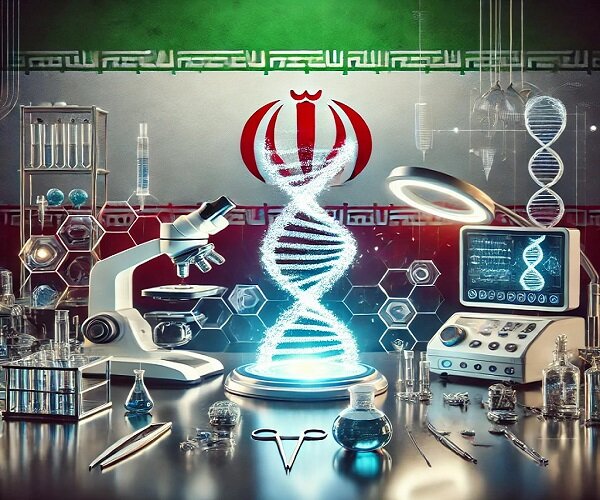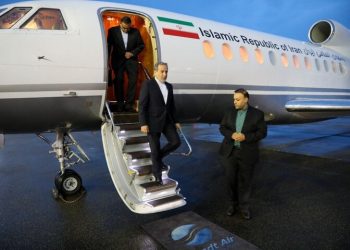WNAM REPORT: Since the Islamic Revolution, Iran has made remarkable progress in science, technology, and healthcare, overcoming challenges to achieve self-sufficiency and global recognition.
Since the Islamic Revolution of 1979, Iran has made significant progress in various fields, particularly in science, technology, healthcare, and infrastructure. Despite sanctions and economic pressures, the country has advanced in nuclear energy, space technology, and medical research, becoming a regional leader in scientific innovation.
While challenges remain, Iran’s commitment to scientific development continues to shape its future on the global stage.
After the Islamic Revolution, Iran has made significant progress in healthcare, including increased life expectancy, the eradication of polio, and advancements in specialized medical training and treatments, making the country a regional leader in health services.
Iran’s healthcare system has undergone remarkable transformations since the Islamic Revolution, with major improvements in medical education, disease control, and access to healthcare services. Here are some key achievements:
Increased life expectancy:
The average life expectancy in Iran has increased by 21 years, rising from 55 years before the revolution to 76.2.
Going from foreign-dependent healthcare to medical tourism hub:
Before the Revolution, 30% of Iran’s doctors were foreign professionals from Bangladesh, the Philippines, India, and Pakistan.
Today, patients from 53 countries travel to Iran for treatment, and the country trains specialists in 27 medical fields.
Expansion of rural healthcare:
Over 35,000 health workers serve in 19,739 villages to boost the country’s healthcare system.
Before the Revolution, only 1,500 villages had healthcare centers.
Polio eradication and disease control:
Through a national polio vaccination campaign, with 95% coverage, polio has been completely eradicated in Iran, while neighboring countries still struggle with it.
Infectious diseases like malaria, tuberculosis, and cholera are now under control.
Medical education boom:
In 1979, Iran had only 7 medical schools with 700 students.
Today, there are 47 medical universities, 180,000 medical students, and 11,000 faculty members, a 16-fold increase from pre-revolution levels.
Cardiac surgery excellence:
Iran is now among the world’s leading countries in cardiac surgery and is one of the few nations performing heart transplants.
To date, at least 140 successful heart transplants have been conducted in Iran.
World-class cornea bank:
Iran’s cornea bank is among the best in the world, providing corneal transplants within 24 hours.
Growth of medical specialists:
The number of specialist doctors has grown tenfold, from 7,000 before the revolution to at least 72,000 today.
Access to essential medicines:
According to the World Health Organization (WHO), 80% to 94% of Iran’s population has access to essential medicines, ensuring widespread healthcare coverage.
These major achievements position Iran as a regional leader in medical science and public health, showcasing the Islamic Revolution’s impact on healthcare development.








